5 useful tips for visiting Fushimi Inari shrine in Kyoto
I woke up to the best intentions that day; get ready in five minutes and head straight to the Fushimi Inari Shrine before the hordes of tourist this beautiful, sunny day would inevitably bring.
I hadn’t been in Japan for long – just three days, actually – but I had already understood something: although the Japanese are incredibly respectful of personal space, attractions and landmarks get insanely crowded in the height of sakura season. Obviously, my plan was a total failure. I blame jetlag.
As expected, the train was seriously packed. Still in my jetlagged state of mind, I wasn’t sure where I was supposed to get off – which became quite clear when about 99% of the carriage prepared to exit at the same stop.
Immediately upon exiting the station I saw the first of many – thousands, presumably – vermilion torri gates I would see that day. It was the beginning of a love story.
+
japan travel tips
Everything you need to know about the Japan Rail Pass
What is the Fushimi Inari shrine?
伏見稲荷大社 or Fushimi Inari Taisha is one of the most iconic and oldest shrines in Tokyo. It’s mostly known for its iconic red gates straddling a network of trails crisscrossing the wooded forest of sacred Mount Inari. Its origins date all the way from the late 8th century.
In essence, people have gathered here to pray for well over 1400 years now, be it for bountiful grain harvests, for the start or end of monsoon and for prosperous growing conditions.
In Japanese culture, Fushimi Inari shrine is the most significant of all shrines dedicated to the Shinto god of rice, Inari. Officials account for about thirty thousand throughout the country! Fun fact: ina is Japanese for rice.
If you pay close attention you’ll notice that there are several depictions of byakkosan kitsune (white foxes) throughout the vast shrine grounds. That’s because foxes are commonly believed to be Inari’s kindred messengers on Earth. There’s even a restaurant about halfway throughout the main hiking trail that serves a local tofu speciality called Kitsune Udon!
Why are Inari shrines painted in vermilion red? This particular hue of red, made from mercury and red soil, is considered an amulet against evil forces. As such, it is often seen in palaces, shrines and temples.
Fushimi Inari shrine and Kyoto travel tips
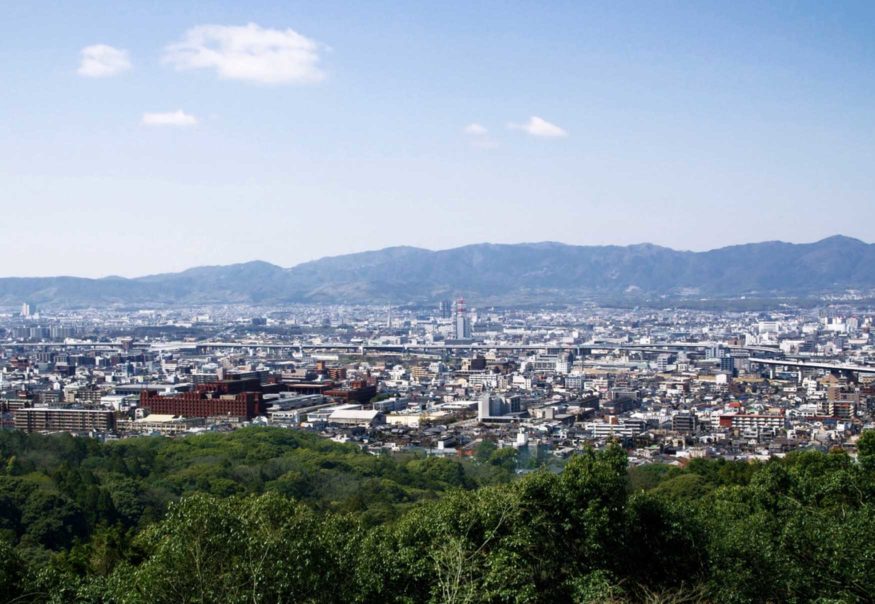
The earlier the better
The site is immense and you won’t feel cramped, but you will have to be very patient in order to get good photos if you go in the daytime. I can also imagine that it would be a much serener visit without the crowds.
Getting there is very easy
Go to Kyoto Station and follow the signs. They really are obvious, I still don’t understand how I have missed them! Get off at JR Inari Station, the second station from Kyoto Station along the JR Nara Line.
The journey takes roughly 5 minutes and costs about 300 yen return.
+
japan travel tips
A detailed 21-day Japan itinerary for first-time visitors
There is much more to it than “just” torii gates
There are adorable little shrines and temples everywhere, as well as beautiful viewing points. It is possible to walk all the way to the top. However, most visitors stop halfway at the Yotsutsuji intersection and enjoy the panorama of Kyoto before returning to the main site.
Only hikers venture further out to complete the trail. There are much fewer gates between this viewpoint and the top.
Be respectul
Japan Guide has a wonderfully detailed article about the proper, respectful way to visit a shrine in Japan.
It’s within everyone’s reach
While Mount Inari goes all the way to 233 meters high, visiting the shrine is truly accessible to visitors in all kinds of physical shapes.
Families with young children and visitors with limited mobility can stay close to the main hall. Here, they can enjoy its 5 distinct shrines each with colorful, fascinating architectural details and pay respect to the resident deity by making a small offering.
Those looking for a more active day trip from Kyoto will want to explore the forest trails. Simply go through the Senbon Torii parallel rows of gates to get to the clearly marked and paved trails. The 233-meter summit can make it a bit of a cardio workout! With proper shoes and willing calves, it will be easy to reach the summit in about two hours.
Kyoto guided tours & day trips to consider
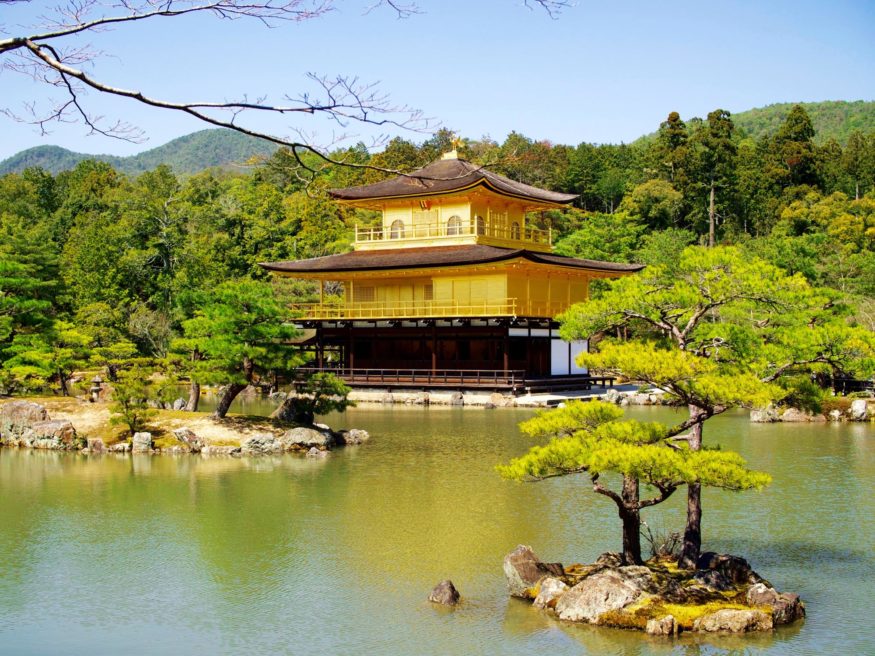
- Kyoto full-day sightseeing tour
- Kyoto Small-Group Bike Tour
- Morning Tour: Kyoto Imperial Palace, Golden Pavilion, Nijo Castle
- Samurai School
- Traditional tea ceremony wearing a kimono in Kyoto
- Kyoto early-bird tour
- 3 Hours Kyoto Insider Sake Experience
- Ramen Cooking Class at Ramen Factory in Kyoto
- Fushimi Inari Hidden Hiking Tour
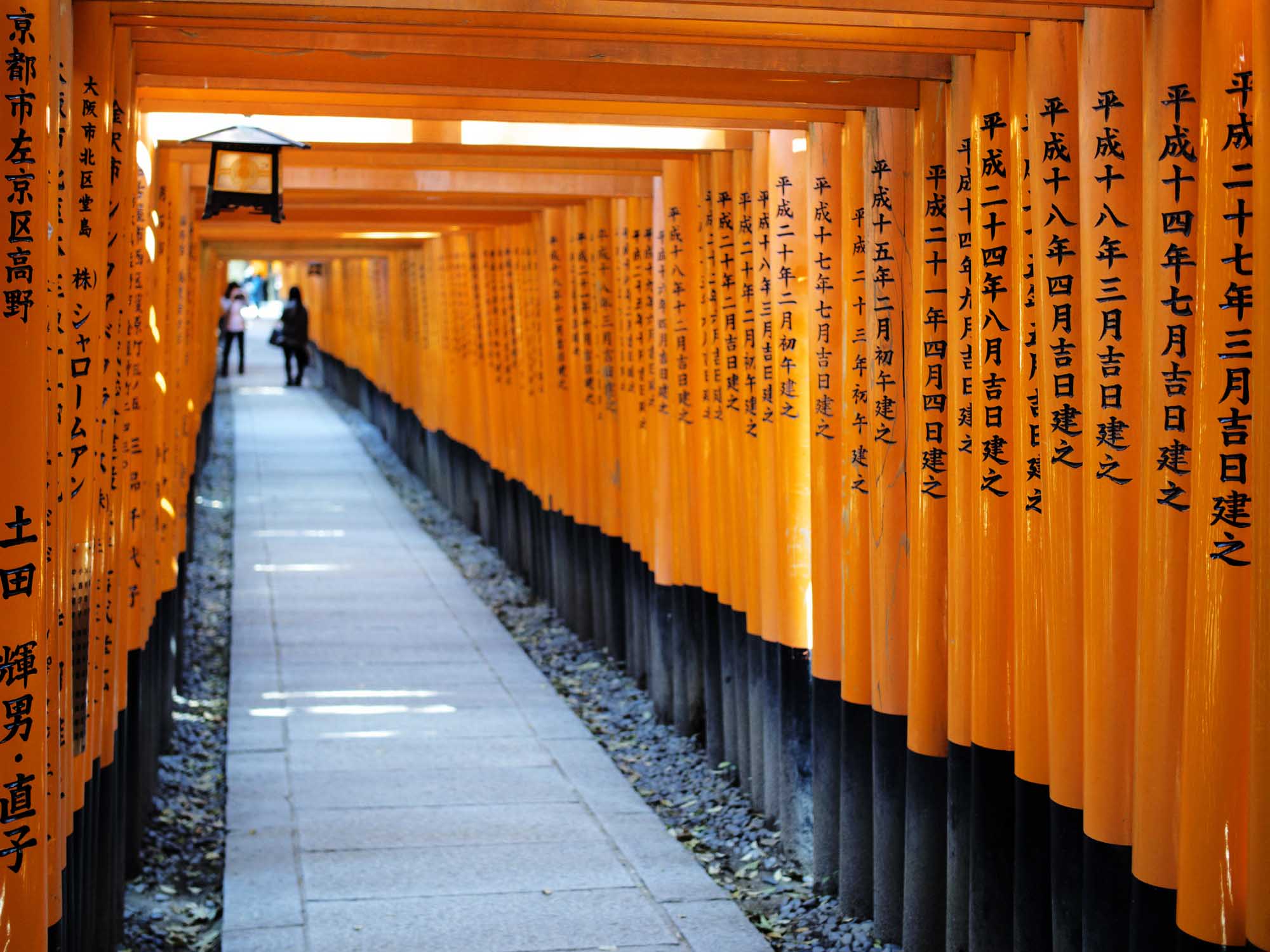
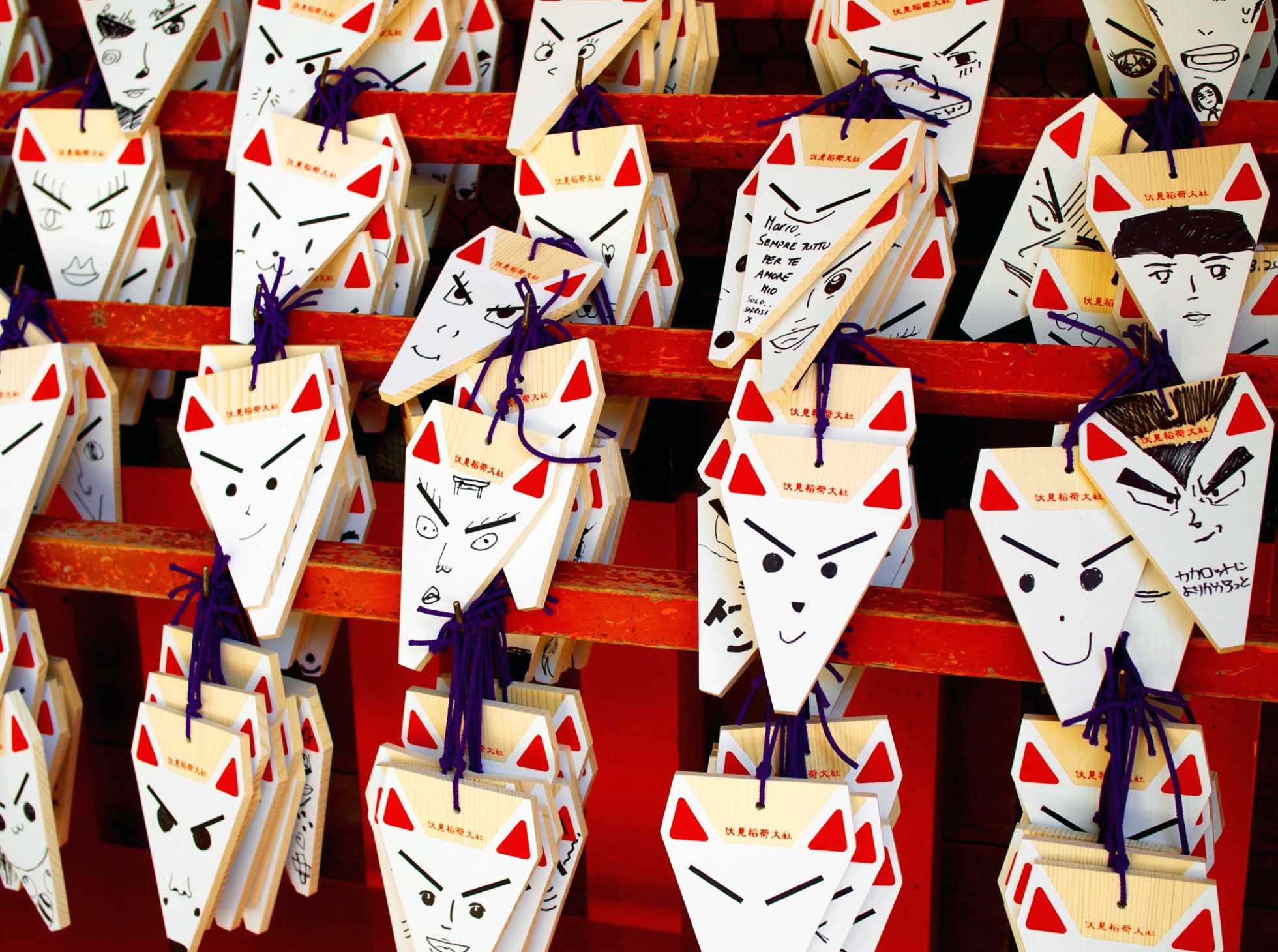
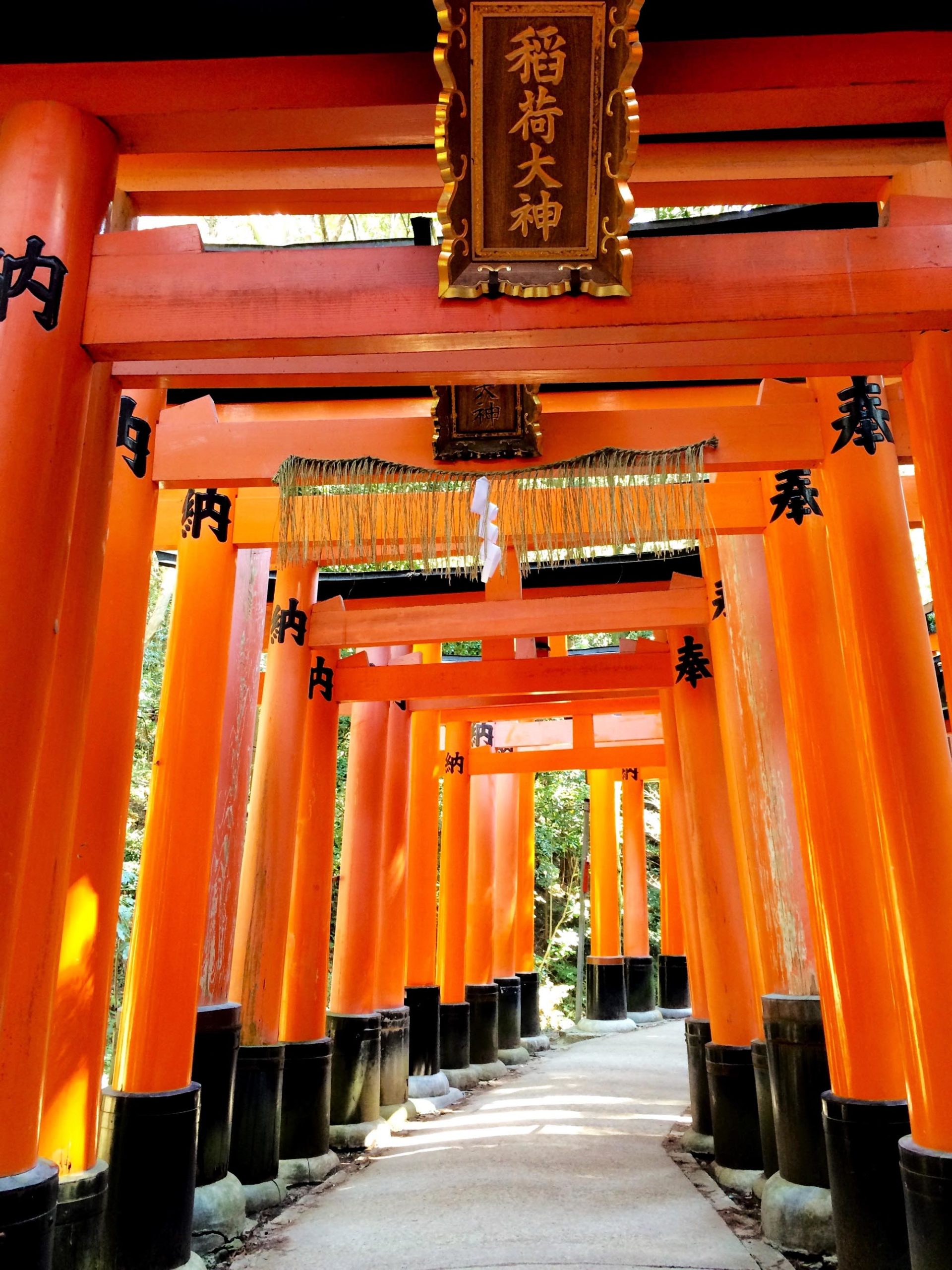
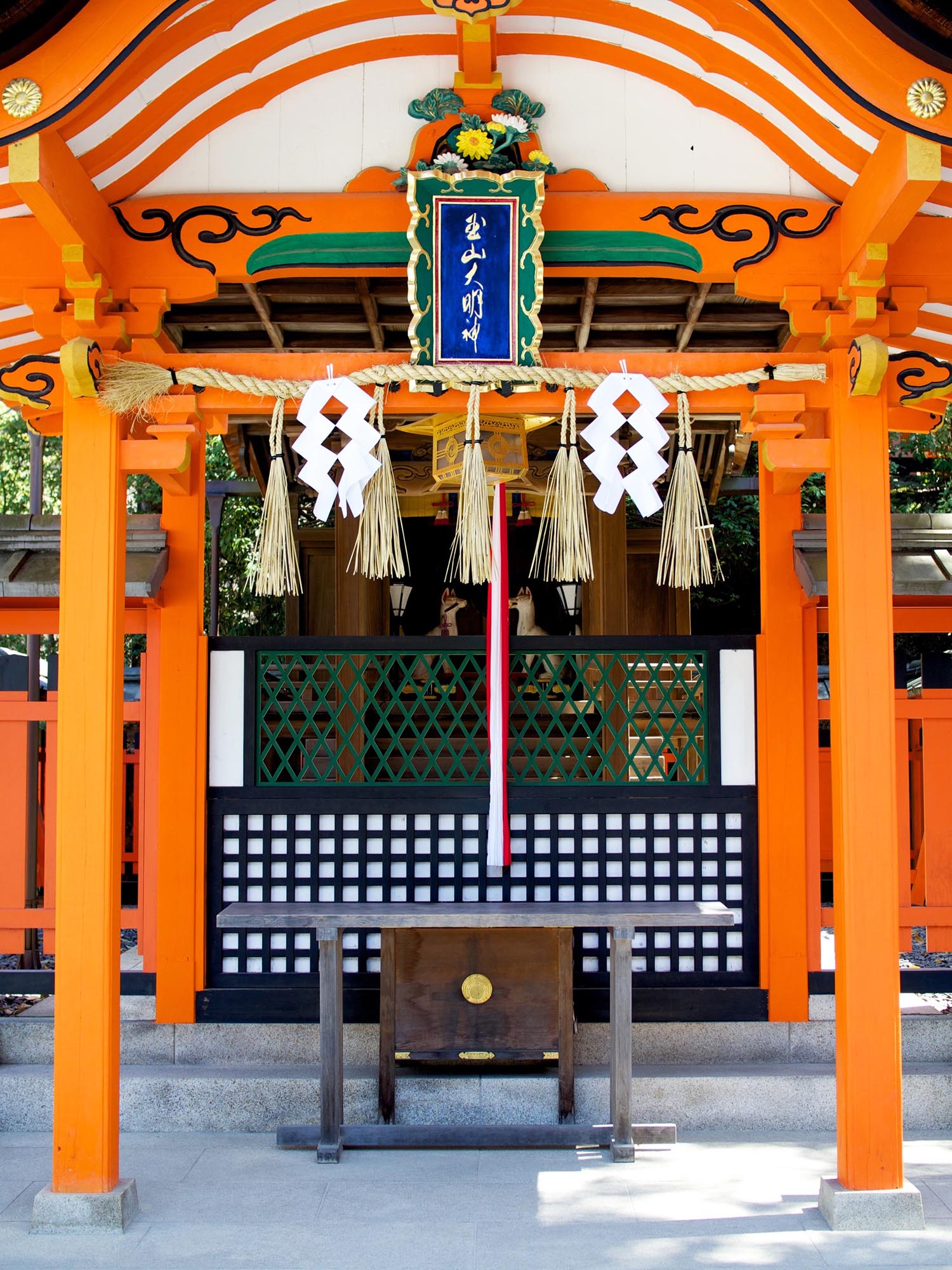
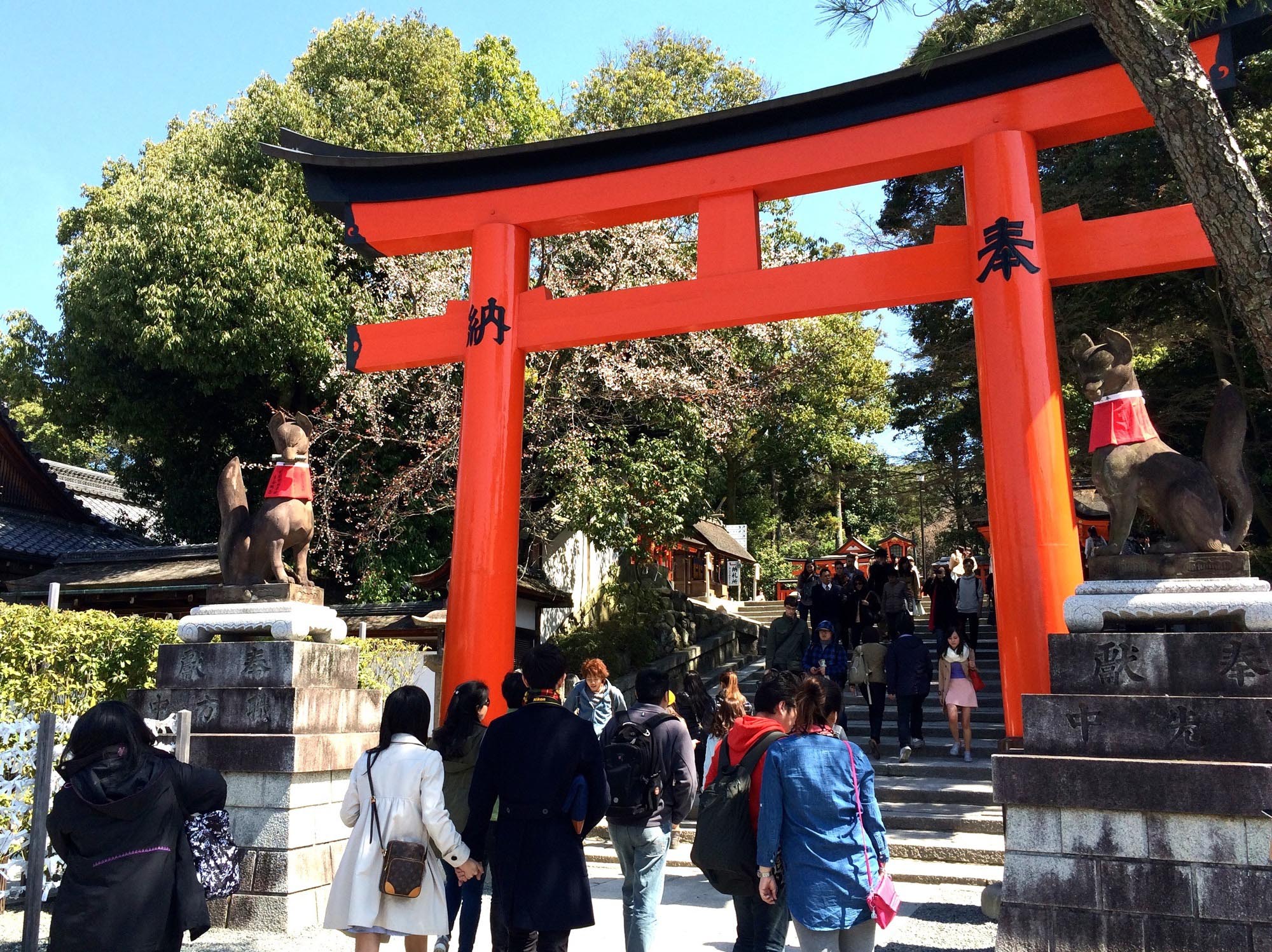
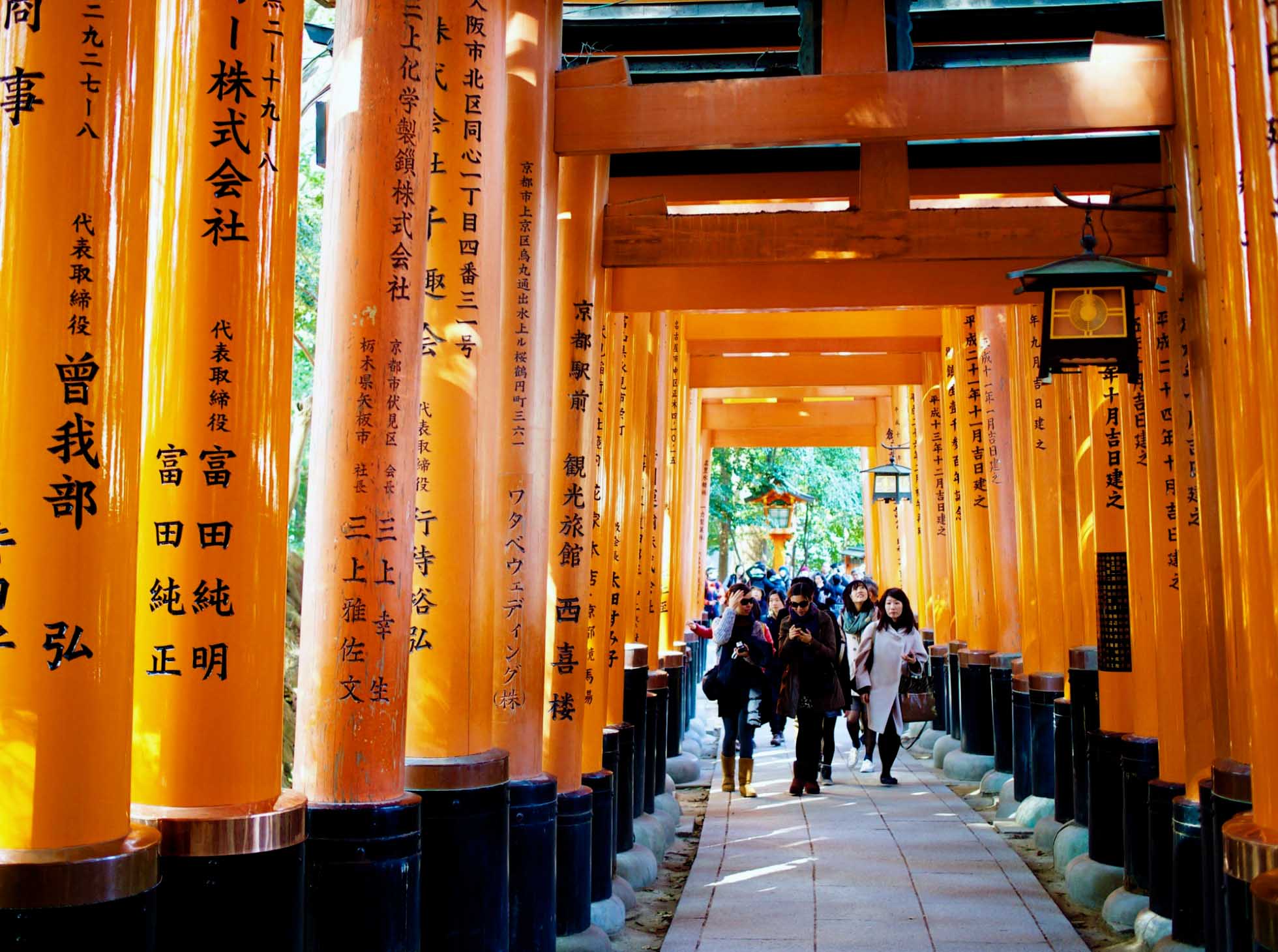
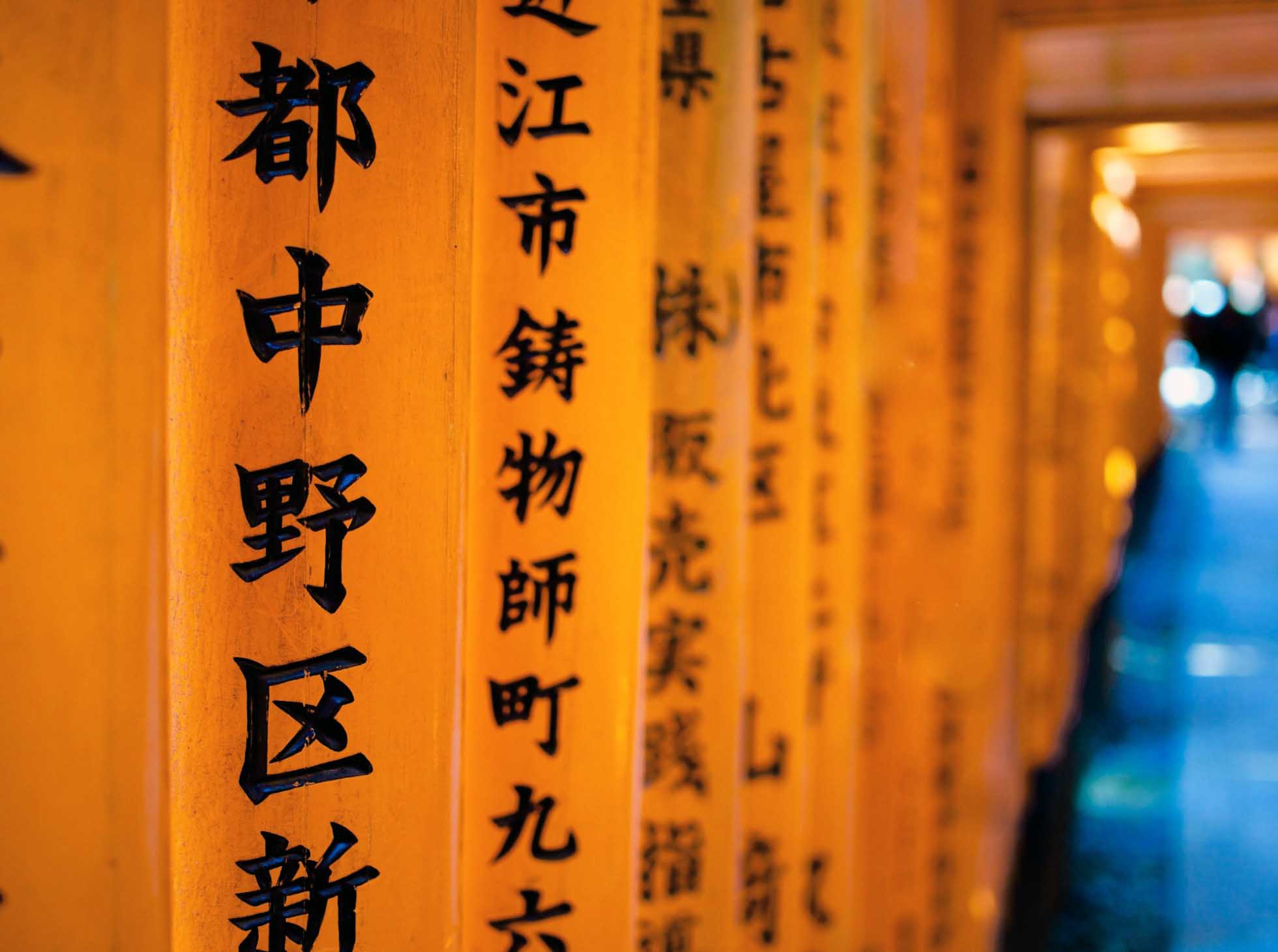
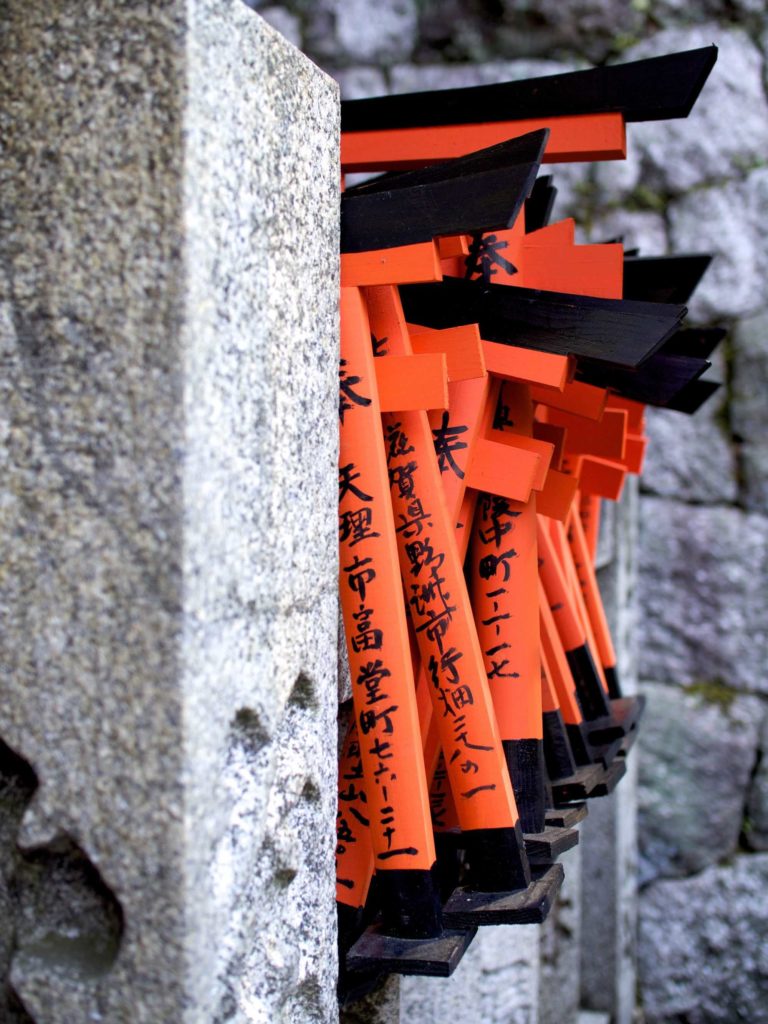
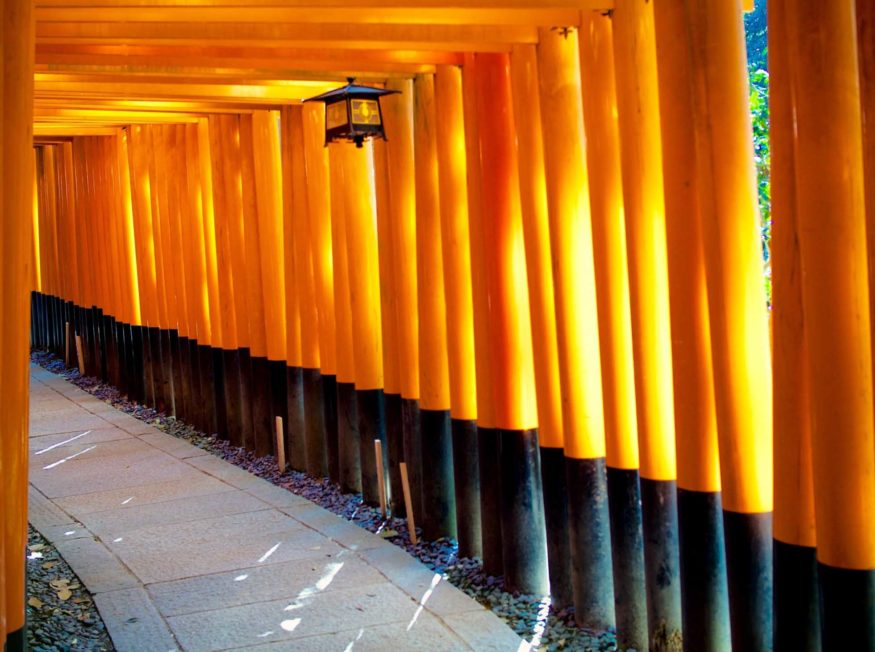
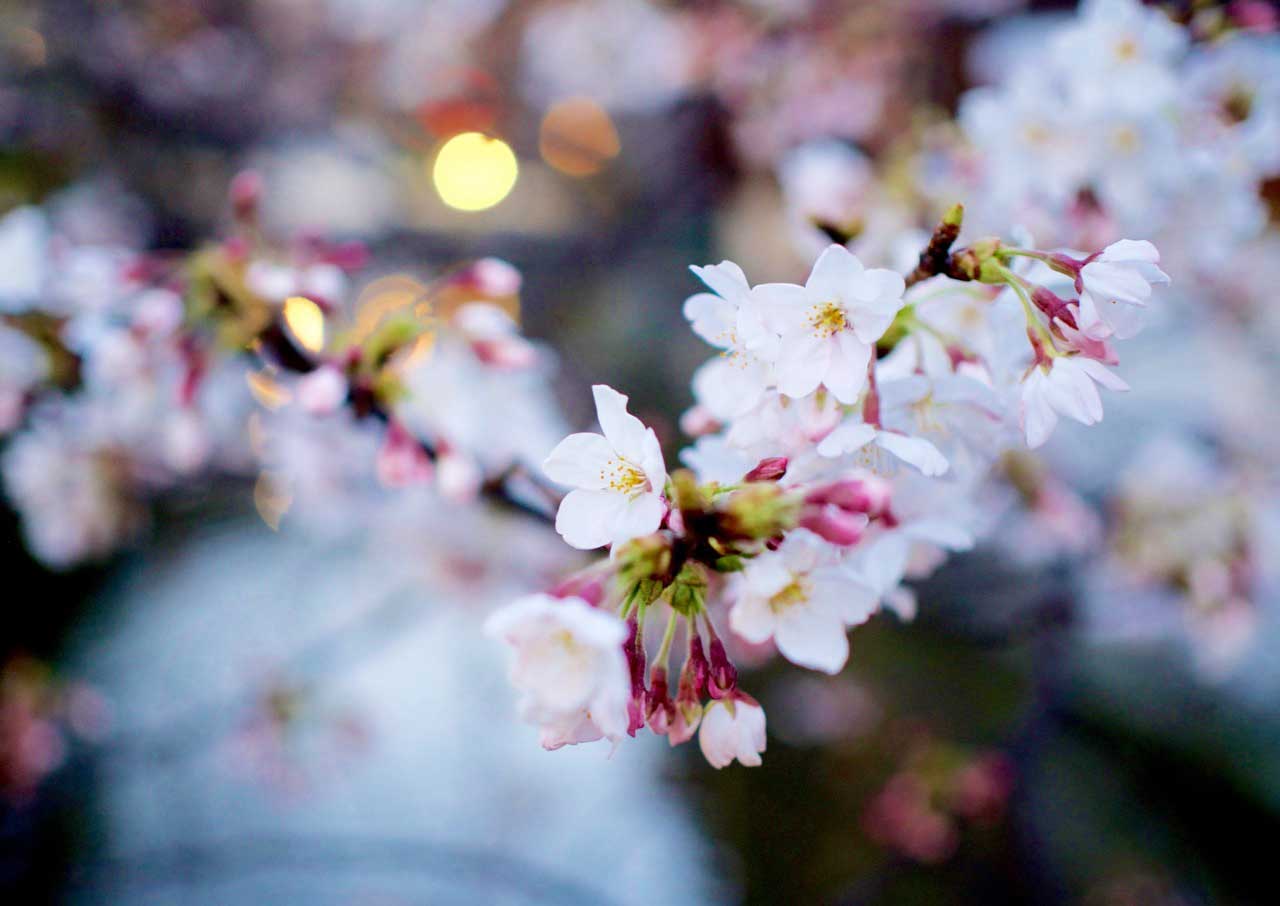
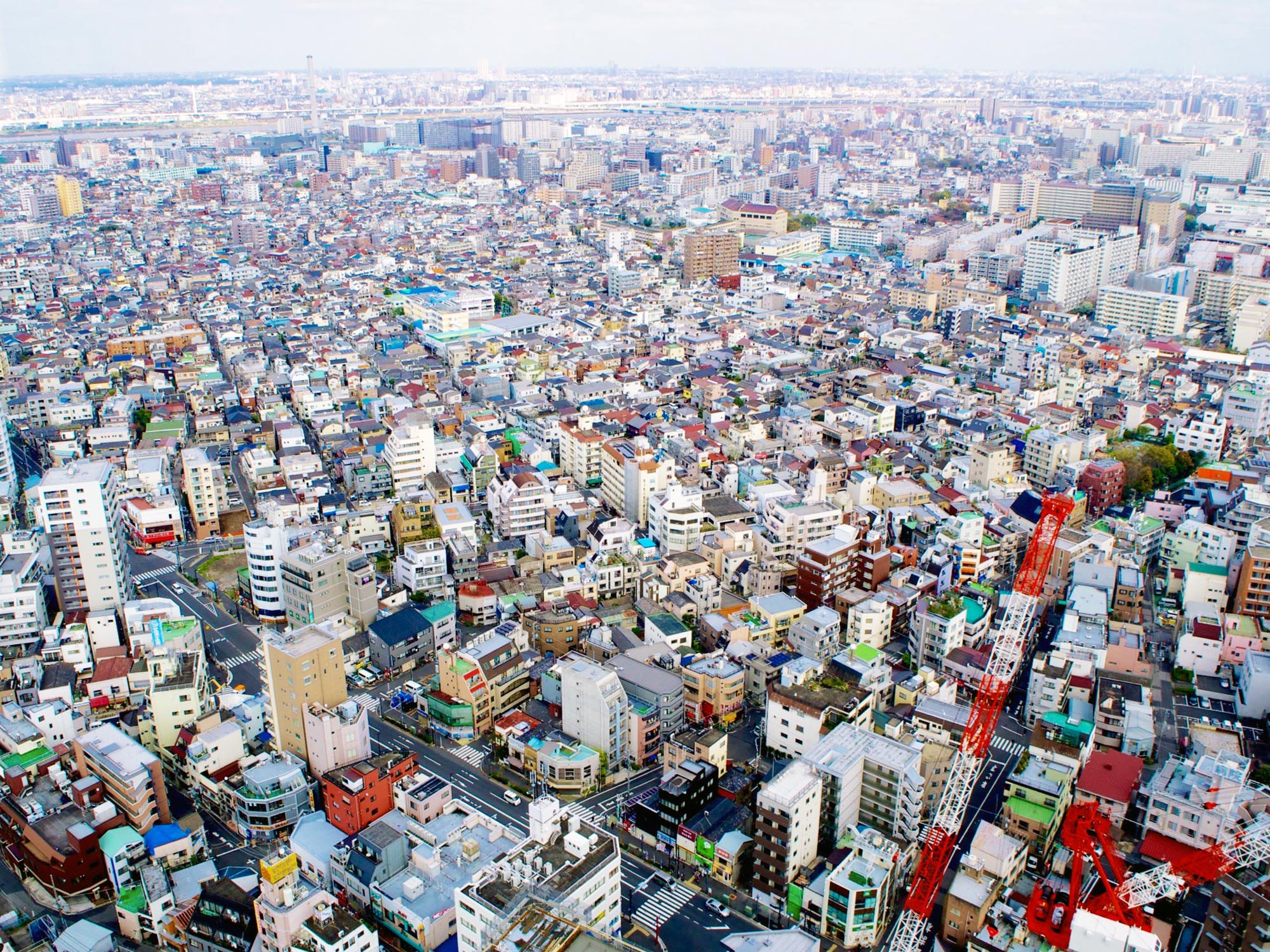
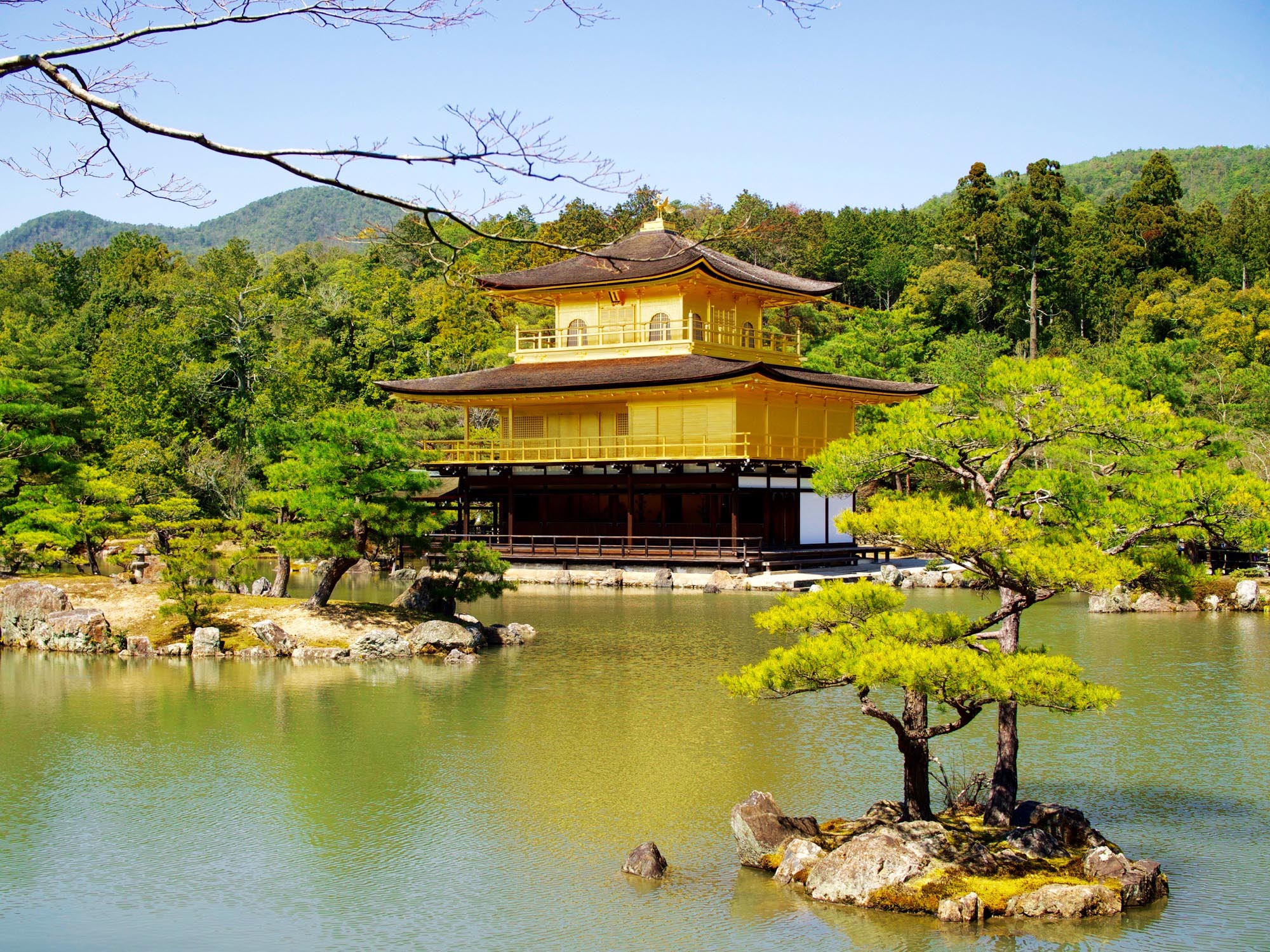
Post Comment